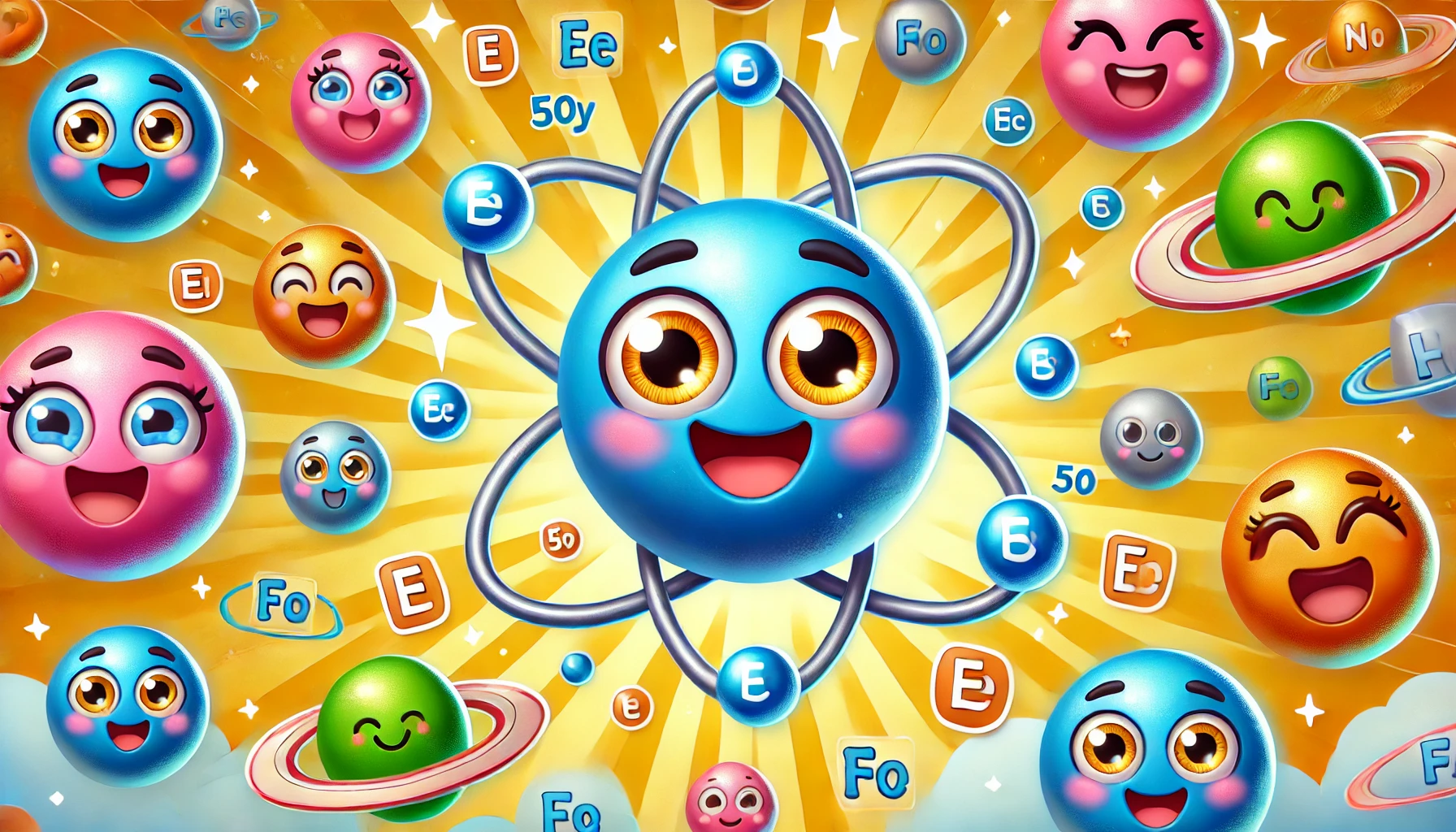Understanding Tin: Properties, Uses, Health Risks, and Fascinating Facts
Understanding Tin: Properties, Uses, Health Risks, and Fascinating Facts
Table of Contents
- Introduction to Tin
- Properties of Tin
- Uses of Tin
- Health Risks of Tin Exposure
- Interesting Facts about Tin
- Environmental Impact of Tin
- Conclusion
- References
Understanding Tin: Properties, Uses, Health Risks, and Fascinating Facts
Introduction to Tin Tin is a chemical element with the symbol Sn and atomic number 50. Known for its malleability and corrosion resistance, tin has been used for thousands of years in various applications, from food preservation to modern electronics. This article explores the properties, uses, health risks, and interesting facts associated with tin, providing a comprehensive understanding of this versatile metal.
Properties of Tin Tin is characterized by several distinct physical and chemical properties.
Physical Properties
- Appearance: Tin is a soft, silvery-white metal with a bluish tinge.
- Density: The density of tin is 7.31 g/cm³.
- Melting Point: Tin has a relatively low melting point of 231.9°C (449.4°F).
- Boiling Point: The boiling point of tin is 2,602°C (4,716°F).
Chemical Properties
- Reactivity: Tin is resistant to corrosion from water but can react with acids and alkalis. It forms a protective oxide layer when exposed to air.
- Compounds: Tin forms various compounds, such as tin(II) chloride (SnCl₂), tin(IV) oxide (SnO₂), and stannous fluoride (SnF₂).
Uses of Tin Tin has numerous applications across different industries due to its unique properties.
Soldering
- Solder Alloys: Tin is widely used in soldering, typically alloyed with lead or other metals to create solders with a low melting point, ideal for joining electrical components and pipes.
Coatings and Plating
- Tin Plating: Tin is used to coat other metals to prevent corrosion. Tin-plated steel, known as tinplate, is commonly used in food and beverage containers, offering protection against rust and ensuring food safety.
Alloys
- Bronze: Tin is alloyed with copper to produce bronze, an alloy that has been used for tools, weapons, and sculptures for thousands of years.
- Pewter: Tin is the main component of pewter, an alloy used in tableware and decorative items, often mixed with small amounts of antimony and copper.
Electronics
- Electronics Manufacturing: Tin is used in the production of various electronic components, including capacitors and transistors, due to its excellent electrical conductivity.
Glass Production
- Float Glass: Tin is used in the float glass process, where molten glass is floated on a bed of molten tin to produce flat, uniform glass sheets for windows and mirrors.
Health Risks of Tin Exposure Tin is generally considered to have low toxicity, but there are some health risks associated with exposure to tin compounds and dust.
Inhalation and Ingestion
- Respiratory Issues: Inhalation of tin dust or fumes can cause respiratory irritation, coughing, and shortness of breath.
- Gastrointestinal Issues: Ingestion of large amounts of tin compounds can cause gastrointestinal irritation, including nausea and vomiting.
Skin and Eye Contact
- Skin Irritation: Direct contact with tin compounds can cause skin irritation and dermatitis.
- Eye Irritation: Exposure to tin dust or solutions can cause eye irritation and potential damage.
Chronic Exposure
- Organ Effects: Prolonged exposure to high levels of tin compounds may affect the liver, kidneys, and other organs.
Interesting Facts about Tin Tin has several intriguing aspects that make it an interesting element.
Historical Significance
- Ancient Uses: Tin has been used since ancient times, notably in the creation of bronze. The Bronze Age, named after the alloy of copper and tin, marked significant advancements in human civilization.
- Tin Mining: Historically, tin mining was a significant industry in regions such as Cornwall in England and the Malay Peninsula.
Unique Properties
- Tin Pest: At low temperatures, tin can transform from its metallic form (beta-tin) to a brittle, powdery form (alpha-tin) in a phenomenon known as “tin pest.”
- Cryogenic Superconductor: Tin becomes a superconductor at cryogenic temperatures, allowing it to conduct electricity without resistance.
Isotopes
- Stable Isotopes: Tin has ten naturally occurring stable isotopes, the most of any element, with tin-120 being the most abundant.
- Radioactive Isotopes: Several radioactive isotopes of tin are known, including tin-126, which is used in scientific research.
Environmental Impact of Tin Tin is not known to have significant environmental impacts, but its extraction and use should still be managed responsibly.
Natural Occurrence
- Abundance: Tin is relatively rare in the Earth’s crust and is typically found in the mineral cassiterite (SnO₂).
- Mining: Extraction of tin must be done carefully to avoid environmental damage and ensure sustainable practices.
Industrial Waste
- Waste Management: Proper disposal of tin-containing industrial waste is crucial to prevent environmental contamination.
Conclusion Understanding tin, its properties, uses, health risks, and interesting facts provides valuable insight into this versatile metal. While tin is generally safe with low toxicity, appropriate safety measures should be taken when handling tin compounds and dust. Its applications in soldering, coatings, alloys, electronics, and glass production highlight its importance in modern technology and industry.

<ⓒ WizardMedics (wizardmedics.com)>






